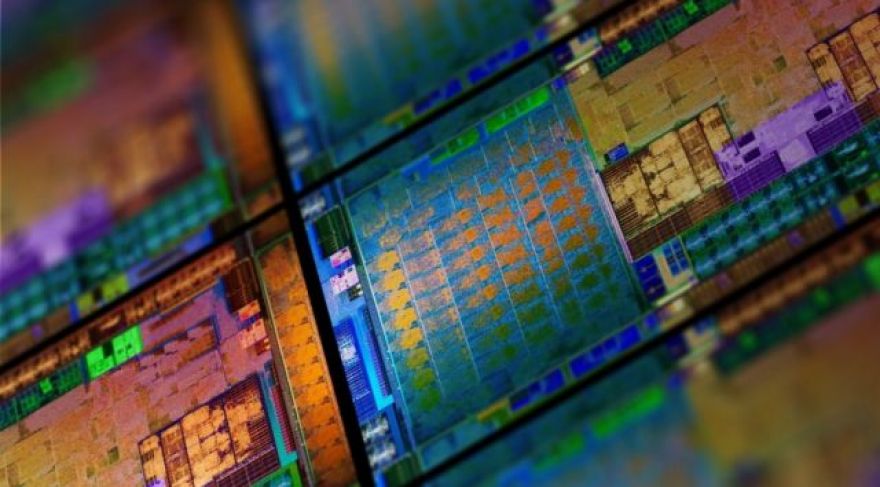
Intel, AMD Both Claim Wins Based on New Market Share Data
Both AMD and Intel reported strong quarterly results at the end of 2019, with Intel setting multiple revenue records, and AMD hitting market share targets it hasn’t reached in years. It’s an excellent example of how the computing market isn’t necessarily a zero-sum game, and Dean McCarron, President of Mercury Research, has released some data on how the market has evolved for both companies.
AMD: Gaining Marketshare in All Segments
AMD and Mercury reported slightly different figures for AMD’s overall market share across desktop, laptop, and server. AMD’s figures exclude the impact of IoT and semicustom shipments, while Mercury includes them.
AMD is reporting very strong growth in all segments. Mercury reports Matisse has been a major success story for the company. Both Intel and AMD saw growth at the top of the market, where shipments increased faster than anywhere else.
Data by Dean McCarron, Mercury Research. Chart by ExtremeTech
The Mercury dataset agrees with AMD that it took additional market share and that the largest gains were in mobile. AMD and Mercury agree on its share of the mobile and server market. Desktop appears to be the only market where they differ, and that may be where the console sale drop-off gets factored in.
The data presented here supports AMD’s narrative that its products are being adopted by more OEMs and becoming more popular with customers.
Intel: Data Center Revenue Booms
If all the good market share news is on AMD’s side, why is Intel also sitting pretty? The answer is: Data centers. Intel’s DCG had a mammoth Q4, logging 18 percent year-on-year growth as cloud providers began buying hardware again. Mercury has data suggesting Intel shipped a much higher number of CPUs into the server market in Q4 2019 than previously.
Gaming and server shipments grew 10 percent in Q4 overall, and that boost in volume demand benefited Intel more in absolute terms than it did AMD, given the former’s higher market share. Demand for Intel’s Core i9 solutions was strong in both gaming and mobile.
Intel has recently been emphasizing its desire to expand into markets beyond the typical PC space and has been making major acquisitions in AI. Building its cloud and data center business is critical to the company’s long-term plans, and driving 18 percent revenue in that segment is a huge win for Intel. Giving up 0.2 percent of server market share, in that context, isn’t something Intel is going to miss.
The point to draw out of these metrics is that both companies have a positive story to tell. Both growth stories can simultaneously be true.
Now Read: